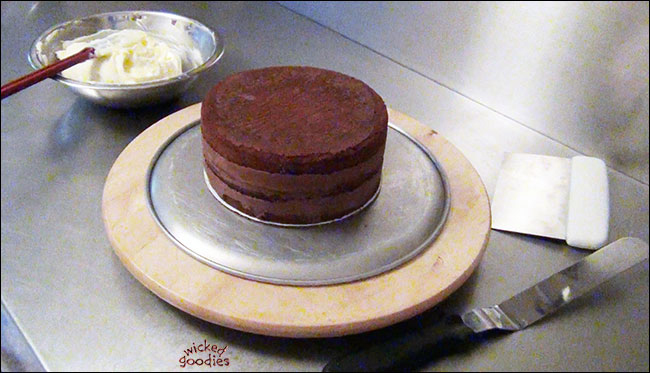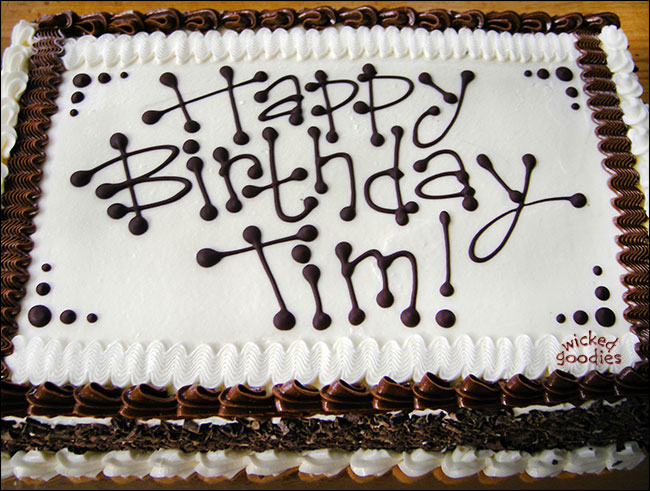Introduction to Cake Frosting
page 3 of 50
The Fundamentals of Cake Frosting
Then while working in busy commercial bakeries, I witnessed experienced decorators fly through cakes using very few tools. I was surprised to learn how fast the process of frosting and finishing cakes can be. I would argue that speed and efficiency in the finishing department of a bakery is one of the keys to turning a profit.

For those who are on the path to becoming professional cake decorators, it’s imperative to first master the fundamentals of cake frosting. It is the #1 skill that pastry chefs look for when hiring cake decorators: can she really frost a cake on a wheel? If so, can she do it quickly and with precision? Hiring bakeries often require a bench test, which involves performing these skills as part of the job interview. A proper education in cake decorating begins here.

Note that the buttercream used herein is all natural. Do not be deterred by the amount of butter that is in this type of frosting. Consider the popular alternative, shortening, which is a synthetic fat that’s so durable, it’s hard to scrub off equipment and skin. Butter is better! This type of frosting is perfect to use on wedding cakes too. It is more sensitive to heat, however, so those in warm climates must be extra cautious when it comes to outdoor events.
The techniques demonstrated in these lessons can all be used with other buttercreams such as Swiss meringue or Italian meringue, which are both lighter, fluffier frostings. However this one is the smoothest because there is no cooked sugar or cooked egg involved.
page 3 of 50



